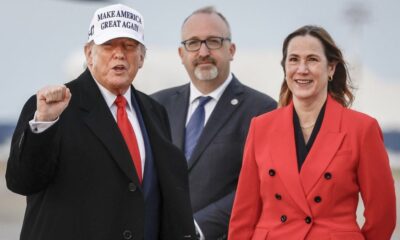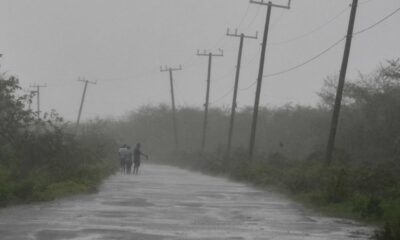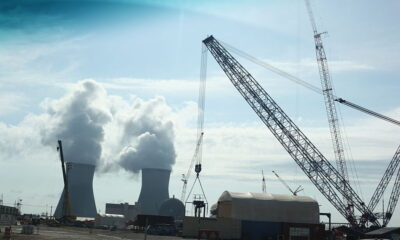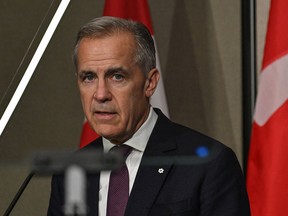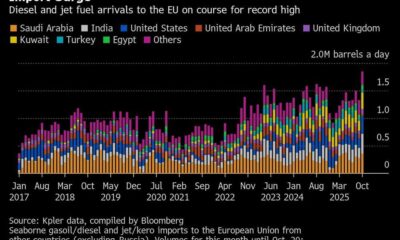Science
Westinghouse Seeks $80 Billion for New Nuclear Reactors in US
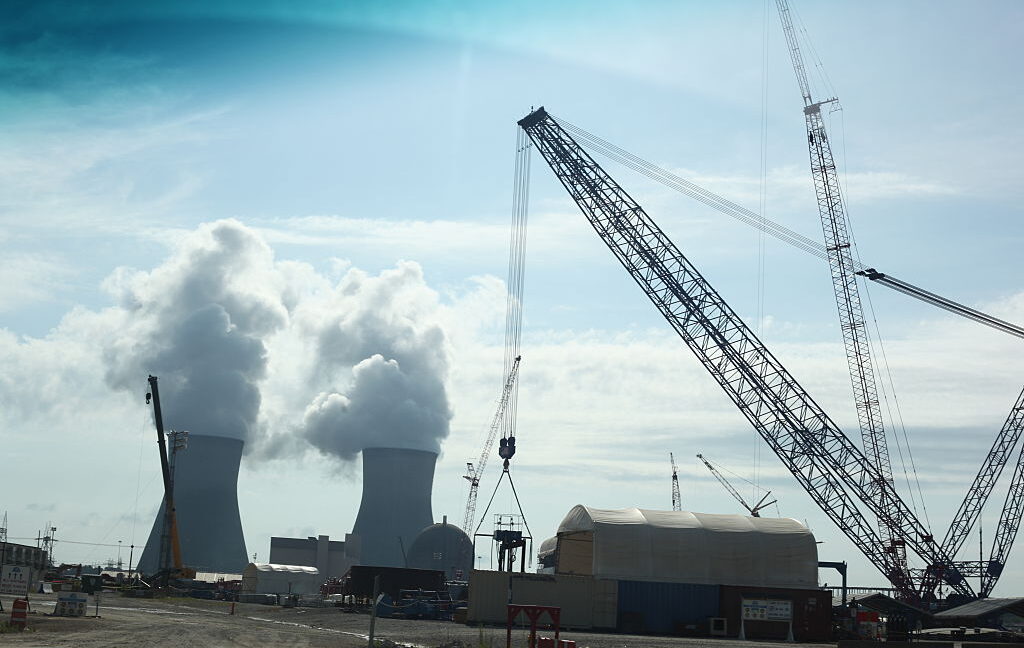
Westinghouse Electric Company has announced plans to pursue the construction of new nuclear reactors in the United States, claiming a potential investment of up to $80 billion. The announcement follows an agreement reportedly reached with the Trump administration, which includes the collaboration of GE Vernova and Hitachi to develop additional reactors. As of now, specific details regarding the agreement remain scarce.
During President Donald Trump’s visit to Japan, discussions reportedly led to commitments from Japanese companies to invest up to $332 billion in energy infrastructure. This investment specifically highlights Westinghouse, GE Vernova, and Hitachi as key players in the initiative. The announcement mentions plans for both large AP1000 reactors and smaller modular nuclear reactors, although no exact figures have been provided regarding the allocation of funds for nuclear projects.
Investment and Challenges Ahead
While Westinghouse asserts its involvement in building “at least $80 billion of new reactors,” the path forward is fraught with challenges. Currently, there are no nuclear reactors under construction in the United States, and the last two completed projects contributed to Westinghouse’s financial struggles, leading to its co-ownership by Cameco, a nuclear fuel supplier, and Brookfield Asset Management.
According to a report by the Financial Times, one of Westinghouse’s stakeholders believes that the $80 billion could finance eight reactors. However, if the costs mirror those of the previously built AP1000s, the financing may only cover five reactors. The report also indicates that the U.S. government would participate in any profits and obtain a stake in the company, should the deal materialize.
Despite the apparent optimism surrounding these agreements, significant hurdles remain. The U.S. Department of Energy recently evaluated the cost of electricity generation and found that nuclear power ranks as the second-most expensive source of electricity in the country, trailing only behind offshore wind. With the costs of renewable energy sources declining, the financial viability of nuclear projects faces scrutiny.
Moreover, regulatory approval poses another challenge. None of the small modular reactor designs developed by Westinghouse, GE Vernova, or Hitachi have yet received clearance from the Nuclear Regulatory Commission. Without this approval, the timeline for any new reactor construction remains uncertain.
While the push for nuclear energy is part of a broader strategy to enhance energy infrastructure, Westinghouse’s ambitious plans will require navigating a complex landscape of financial, regulatory, and operational challenges. As the company aims to reinvigorate the nuclear power industrial base, stakeholders will be closely monitoring the developments in the coming months.
-

 World3 months ago
World3 months agoScientists Unearth Ancient Antarctic Ice to Unlock Climate Secrets
-

 Entertainment4 months ago
Entertainment4 months agoTrump and McCormick to Announce $70 Billion Energy Investments
-

 Lifestyle3 months ago
Lifestyle3 months agoTransLink Launches Food Truck Program to Boost Revenue in Vancouver
-

 Science4 months ago
Science4 months agoFour Astronauts Return to Earth After International Space Station Mission
-

 Technology2 months ago
Technology2 months agoApple Notes Enhances Functionality with Markdown Support in macOS 26
-

 Top Stories3 weeks ago
Top Stories3 weeks agoUrgent Update: Fatal Crash on Highway 99 Claims Life of Pitt Meadows Man
-

 Sports4 months ago
Sports4 months agoSearch Underway for Missing Hunter Amid Hokkaido Bear Emergency
-

 Politics3 months ago
Politics3 months agoUkrainian Tennis Star Elina Svitolina Faces Death Threats Online
-

 Technology4 months ago
Technology4 months agoFrosthaven Launches Early Access on July 31, 2025
-

 Politics3 months ago
Politics3 months agoCarney Engages First Nations Leaders at Development Law Summit
-

 Entertainment3 months ago
Entertainment3 months agoCalgary Theatre Troupe Revives Magic at Winnipeg Fringe Festival
-

 Top Stories6 days ago
Top Stories6 days agoFamily Remembers Beverley Rowbotham 25 Years After Murder

